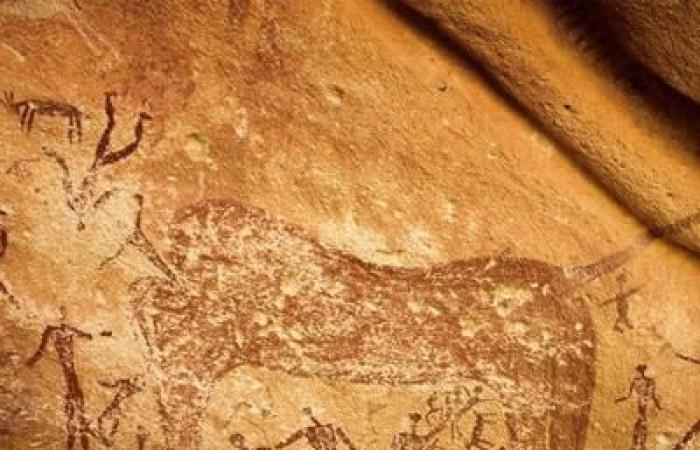In 1930, while Egypt was under British military occupation, a group of mostly British officers, cartographers and surveyors gathered in the Sudanese village of Wadi Halfa to share their knowledge. exploits over a cold beer.
Over the previous decade, a series of expeditions into the vast and hostile Libyan Desert discovered oases previously unexplored by Europeans and mapped them for the first time. Only Zerzura, a legendary oasis, was not identified. In search of the mysterious “oasis of little birds”, whose name comes from Arabic zarzar which means starling or sparrow, the united explorers decided to form the Zerzura Clubnamed in his honor.
Zerzura was first mentioned in 13e century by a provincial administrator who described it as an abandoned village. He then appeared in Book of Hidden Pearls (Kitab al-Kanuz) au 15e century, locating it in a wadi, that is to say an intermittent watercourse, near the town of Wardabaha. The text suggested that Zerzura was full of wealth and revealed how a treasure hunter might obtain it. The Greek historian Herodotus mentioned in 450 BC. BC a white city filled with treasures, lost in the desert west of the Nile. Was he referring to Zerzura?
In place of these legendary treasures, the explorers of Zerzura Club discovered wonders of another kind: thousands of cave paintings dating from the Stone Age at Gilf al-Kabir, in southwest Egypt. These paintings bear witness to the existence of a pastoral people who lived for 5,000 years in what was then a savannah-like region, until, 4,000 years BCE, climate change transformed the land in the desert.






